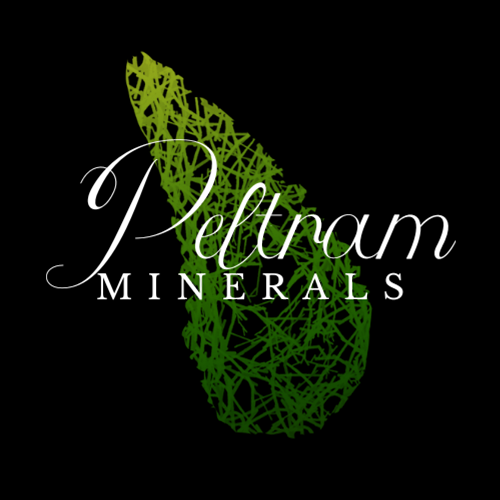Meteorite Wolf Creek – Australia
Type: Iron meteorite / IIIAB
Locality: Australia
Weight: 0,35g
Dimensions: 10 x 6 x 3 mm
Year of found: 1947
Total known weight: 760 kg
Surface treatment: none – raw
Packaging: Transparent plastic box (5,8 x 3,8 x 1,6 cm)
| Category: | Wolf Creek |
|---|---|
| By name: | Wolf Creek |
| ? Type: | Iron |
| ? Surface treatment: | Natural (raw) |
| Packaging: | In box |
Wolf Creek Meteorite – impact crater in the heart of Western Australia
The Wolf Creek meteorite is an iron meteorite of type IIIAB that impacted the area of present-day Western Australia and created the Wolfe Creek crater, also known by the Aboriginal name Kandimalal. This crater is one of the best-preserved impact structures on Earth and has a diameter of approximately 880 meters and a depth of around 60 meters. It is estimated that the meteorite, weighing around 14,000 tons, struck the Earth at a velocity of about 17 kilometers per second, releasing energy equivalent to 0.54 megatons of TNT. Initial age estimates of the crater were around 300,000 years, but newer studies suggest it formed less than 120,000 years ago, during the late Pleistocene.
Present day and accessibility
Today, the crater is part of the Wolfe Creek Meteorite Crater National Park, which is open to the public and offers opportunities for hiking, photography, and nature observation. Visitors can climb to the crater’s rim and admire its monumental size and geological significance.







